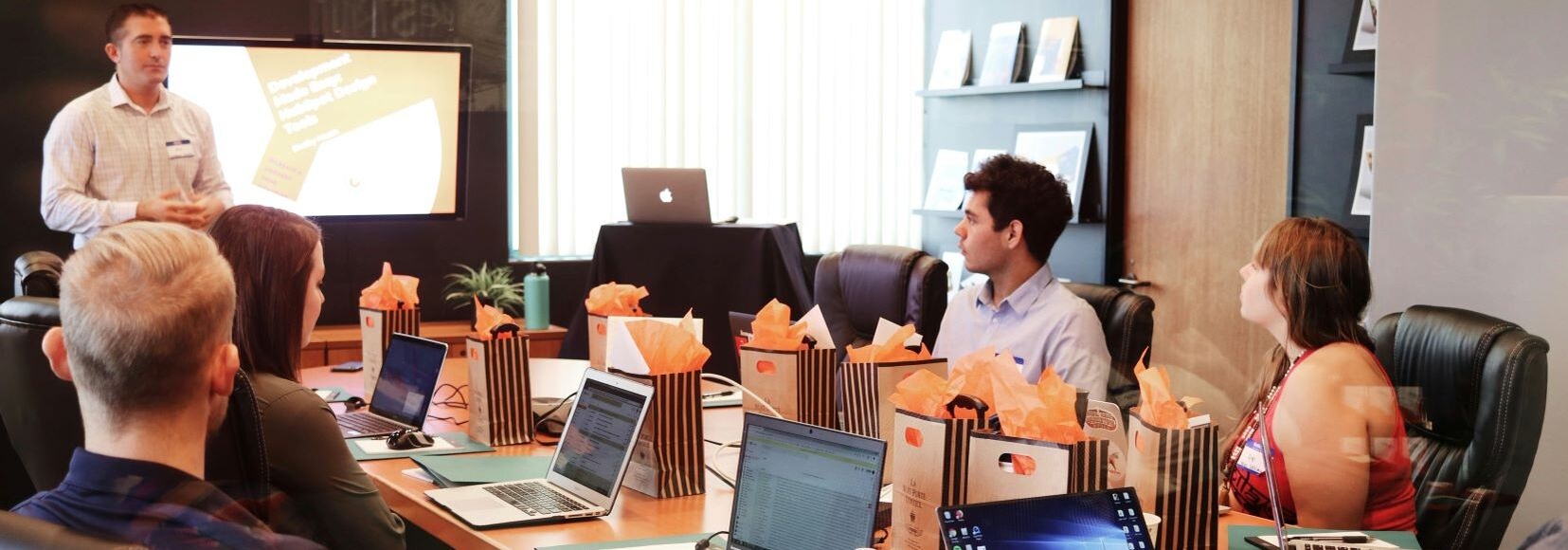Dragon’s Den – Brain Exploration Techniques

At a Glance
Discipline
- Social sciences
- Psychology
Instructional Level
- College & CEGEP
Course
- Introduction to Psychology and Biological Psychology (Neuroscience)
Tasks in Workflow
Social Plane(s)
- Group
Type of Tasks
- Experimenting & conducting inquiry
Technical Details
Useful Technologies
- Miro
- High Tech Active Learning Classroom (1 SMARTboard per team)
- Wheel of Names: https://wheelofnames.com/t9k-ujf
Class size
- Small (20-49)
Time
- Multiple class periods (2-3 classes)
Inclusivity & Accessibility
- Variety of representations
Instructional Purpose
- Application & knowledge building
Overview
Students engage in a gamified activity mimicking the popular tv show the Dragon’s Den. Groups of students develop a quick presentation of one of the brain exploration techniques discussed in class. Students compare and contrast the brain exploration techniques and identify important features of each one (exploration of anatomy, function or connectivity. research or treatment technique). The gamifyied element involves students convincing their classmates to invest in their imaging technique.
The brain exploration techniques used in this exercise are:
- Functional Magnetic Resonance Imaging (fMRI)
- Positron Emission Tomography (PET)
- Diffusion Tensor Imaging (DTI)
- Transcranial Magnetic Stimulation (TMS)
- Deep Brain Stimulation (DBS)
- Optogenetics
- Clarity
Instructional Objectives
Students:
- Discuss and familiarise themselves with the different brain exploration techniques
- Identify the key elements of each brain exploration technique
- Summarize the main elements of each technique
- Compare and contrast the different technique by identifying the best “investment”
- Present the summary in a “Sales pitch” to the entire group
Each group hypothetically “invests” in another team’s technique.
Each team has $3 000 000 to invest as they see fit.
Element of competition: The team with the largest investment wins a prize (e.g. chocolate or treat).
Workflow & Materials

Activity Workflow
Applied Strategies
Published: 23/01/2025
Copyright: © 2025 Hamdani. This is an open-access article distributed under the terms of the Creative Commons Attribution License (CC BY). The use, distribution or reproduction in other forums is permitted, provided the original author(s) and the copyright owner(s) are credited and that the original publication on this website is cited, in accordance with accepted academic practice. No use, distribution or reproduction is permitted which does not comply with these terms.

